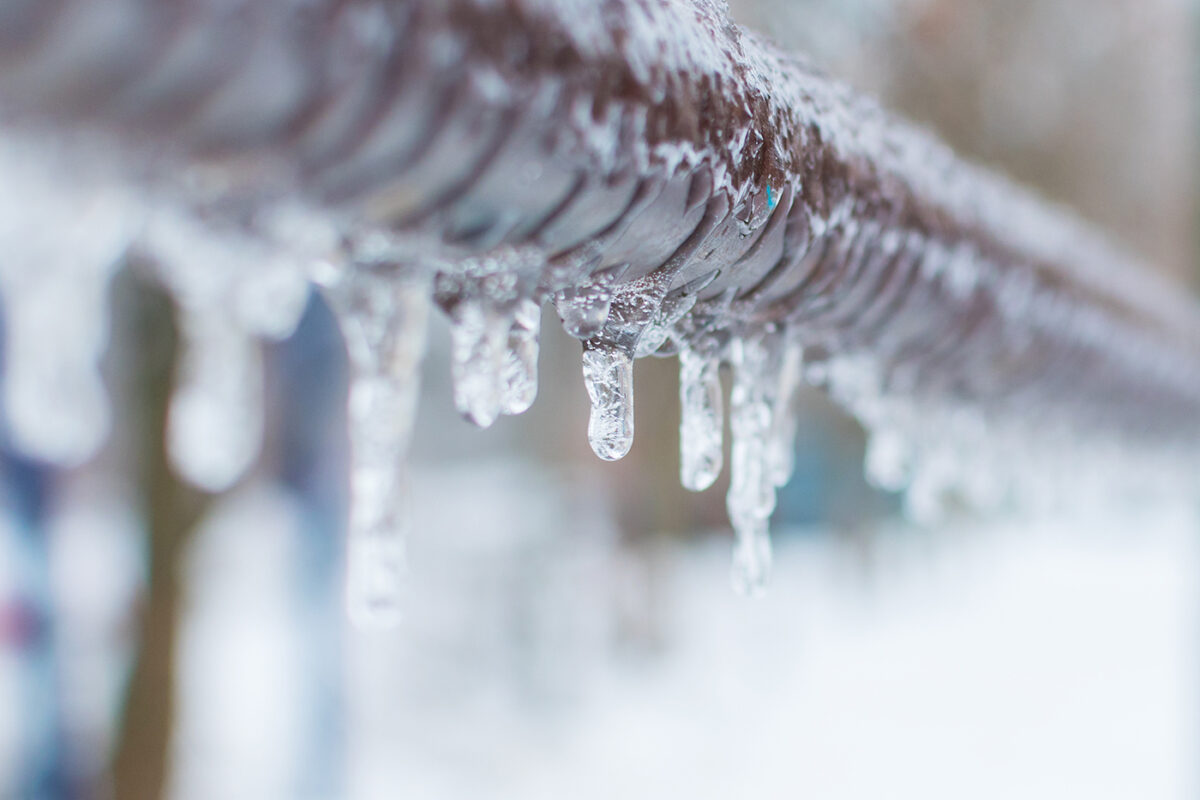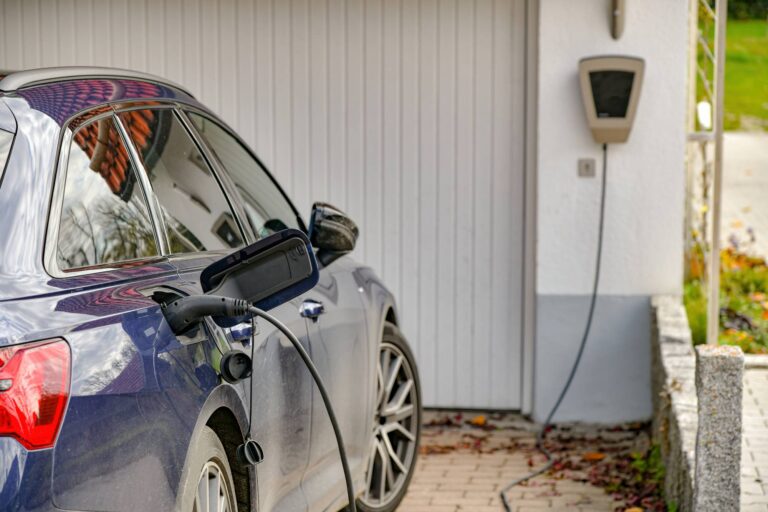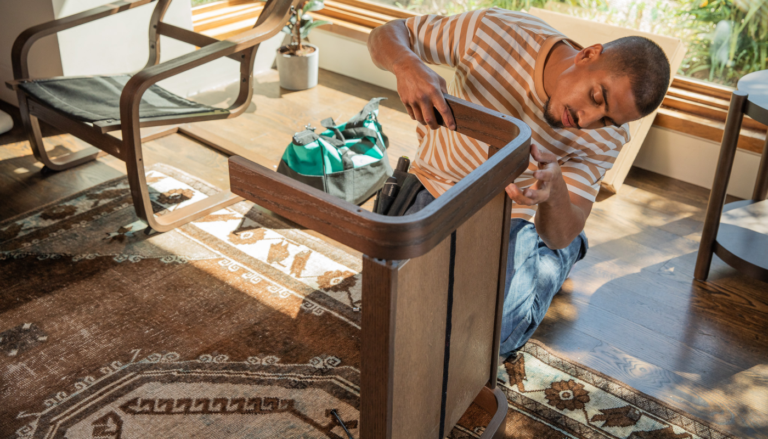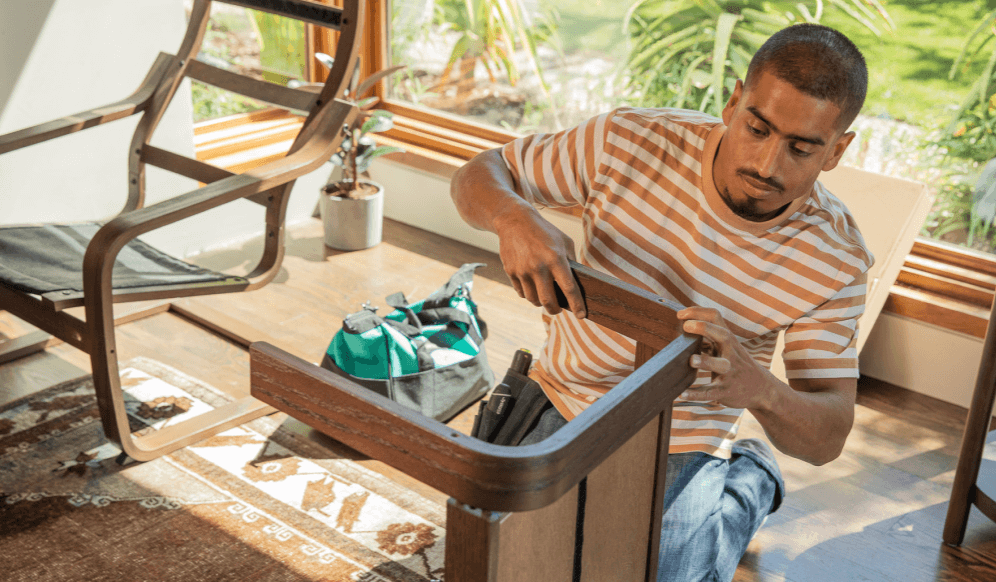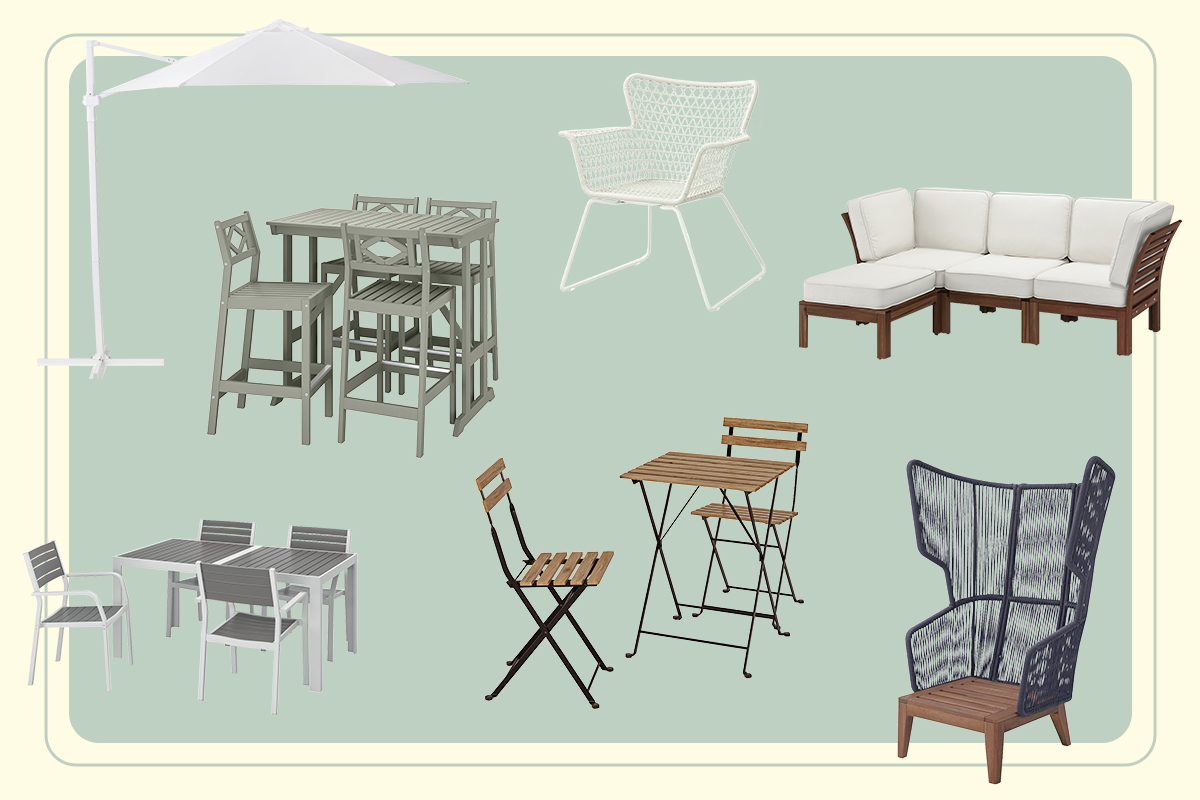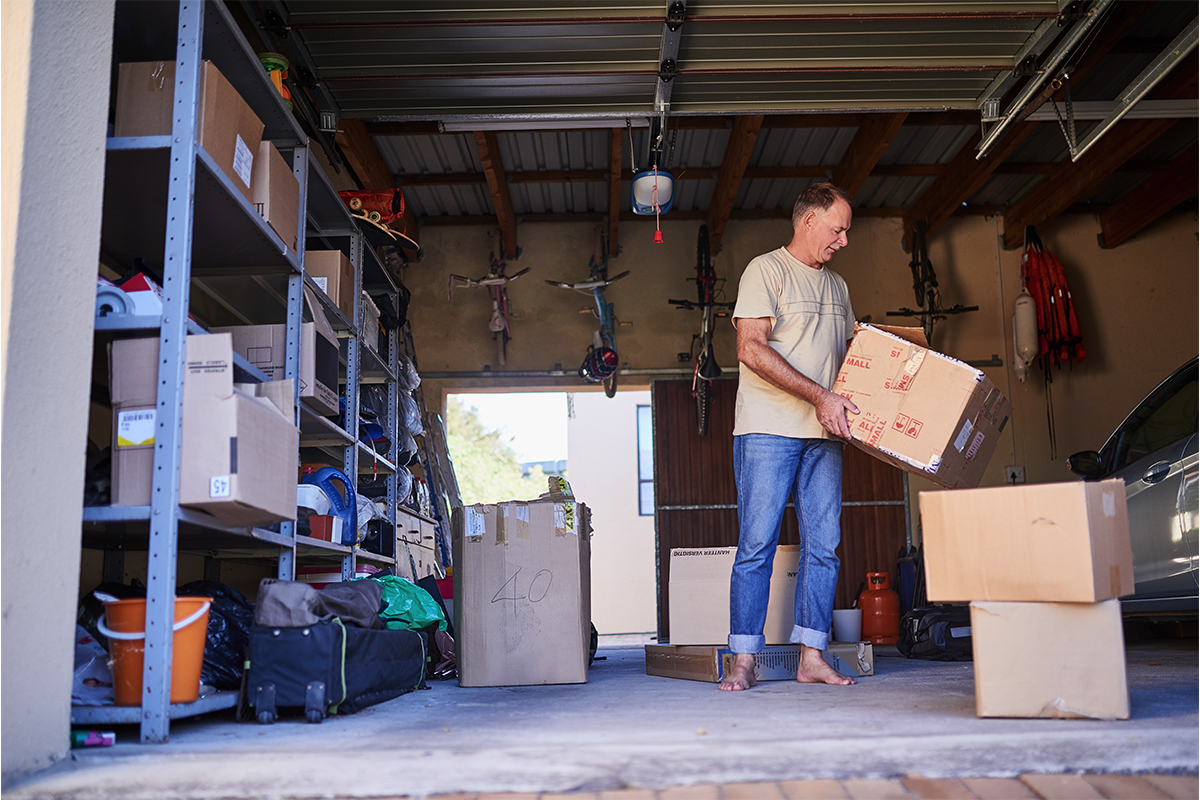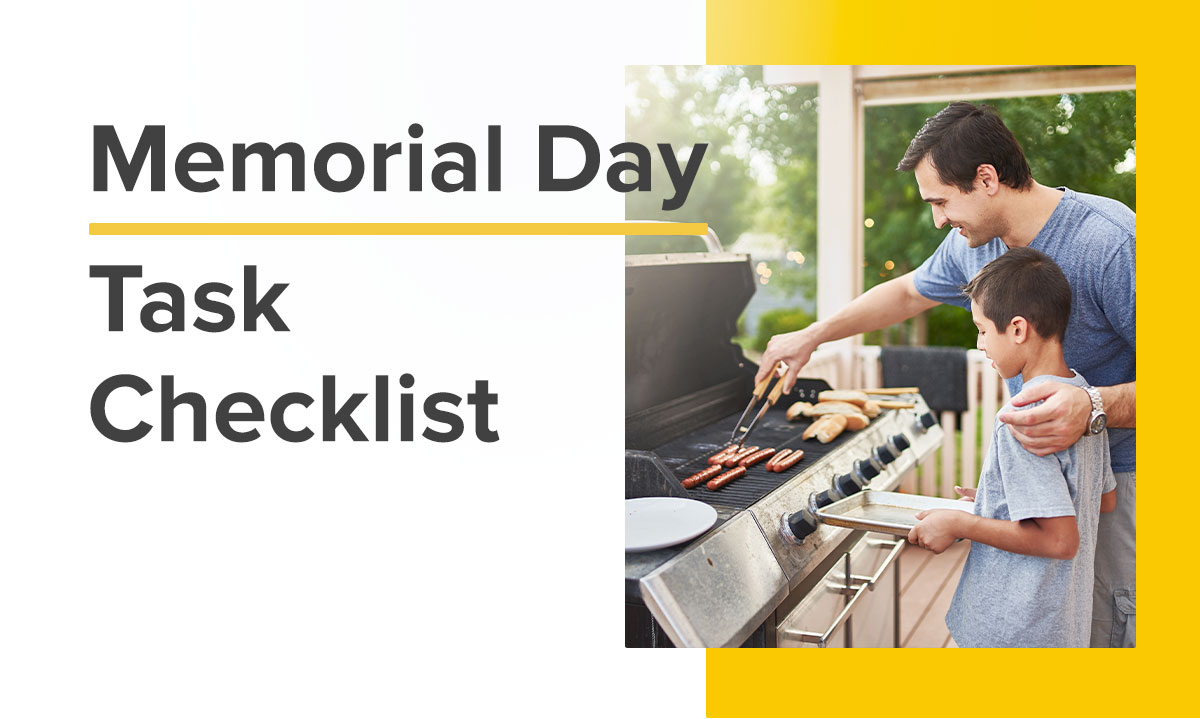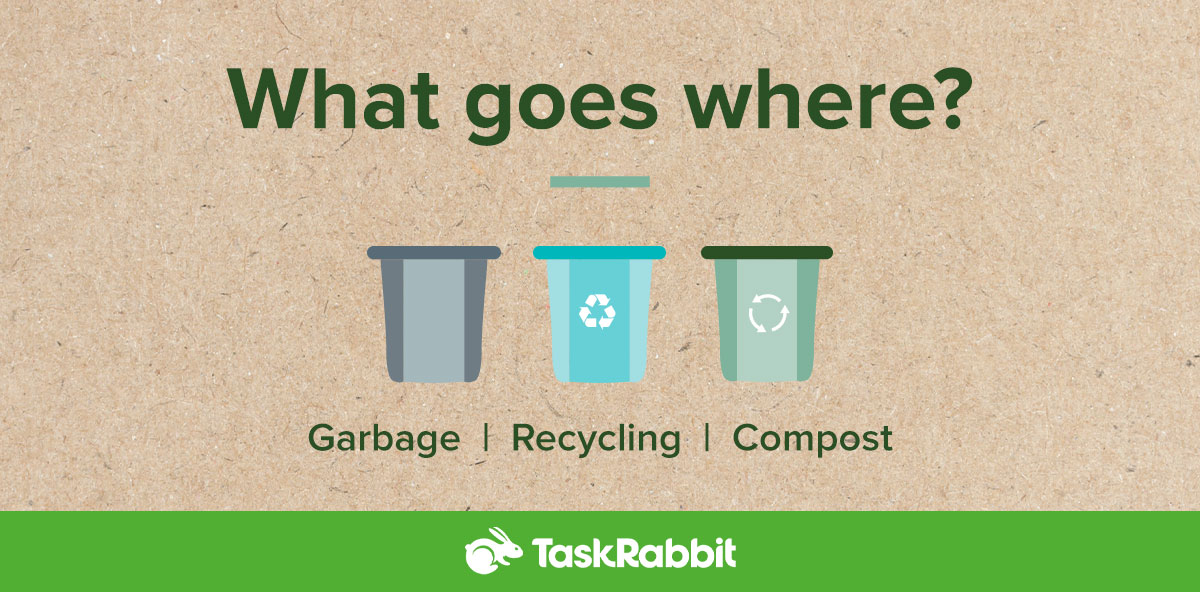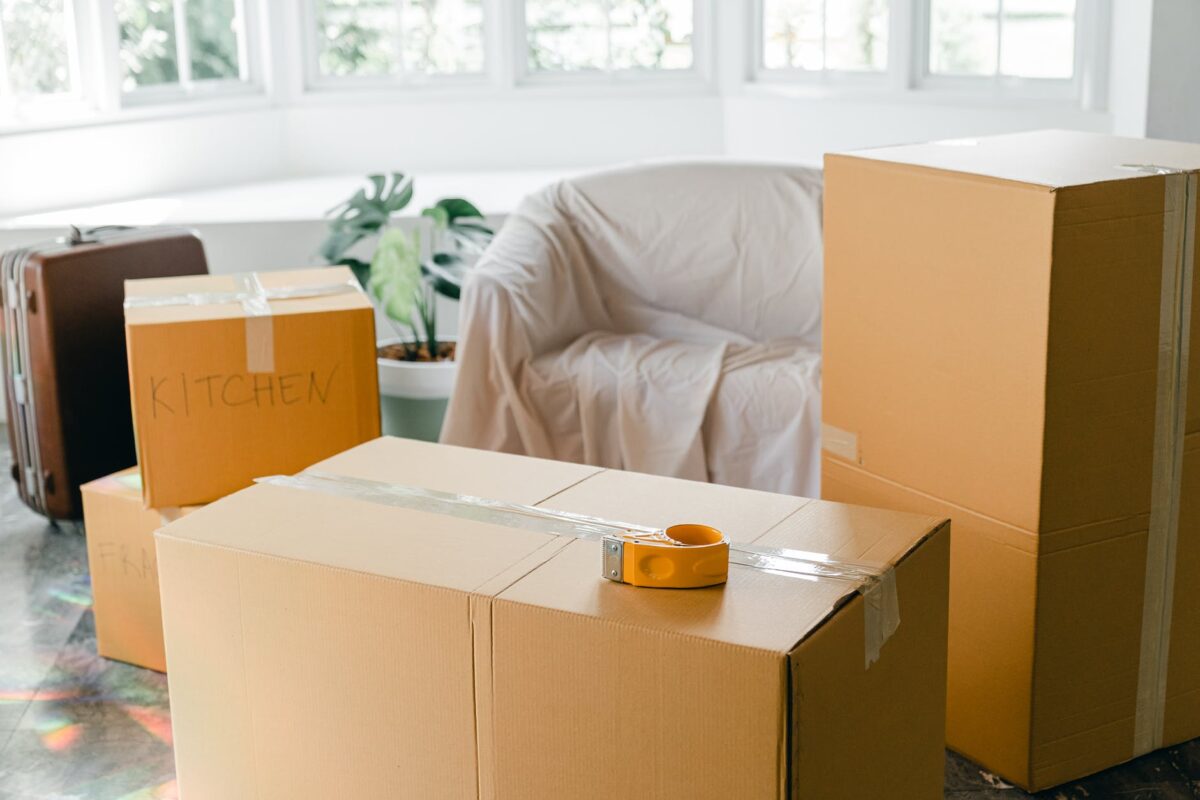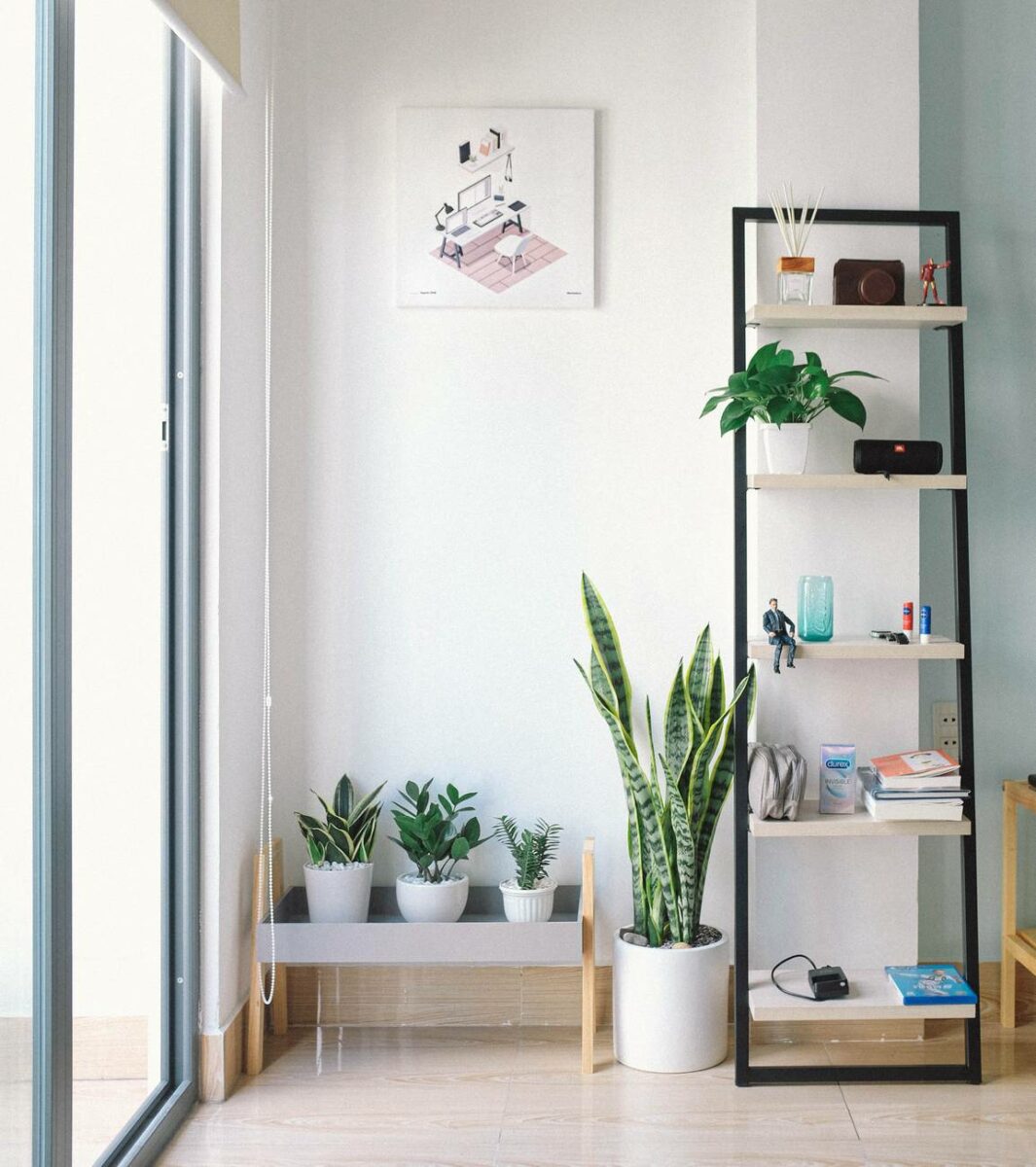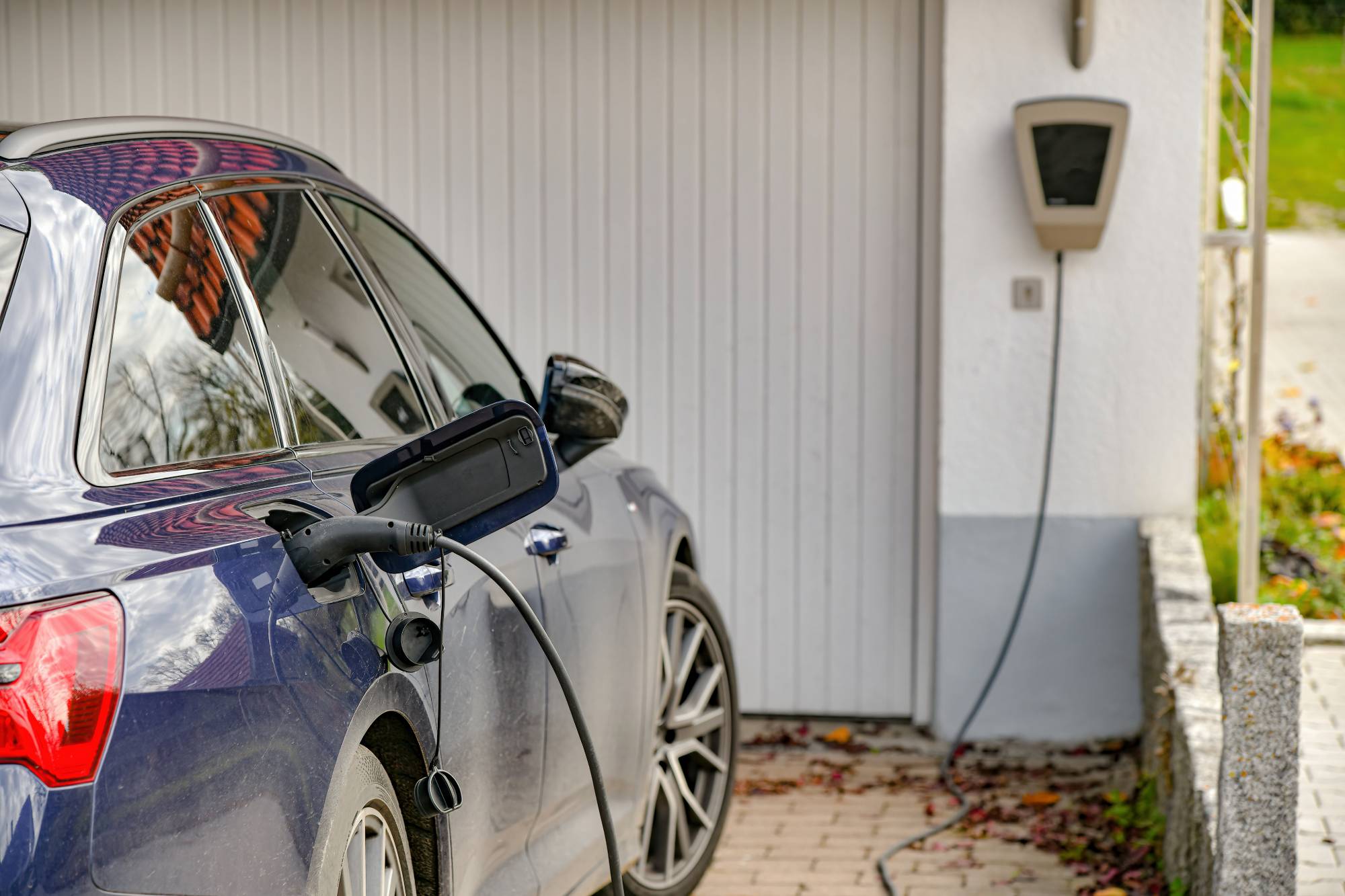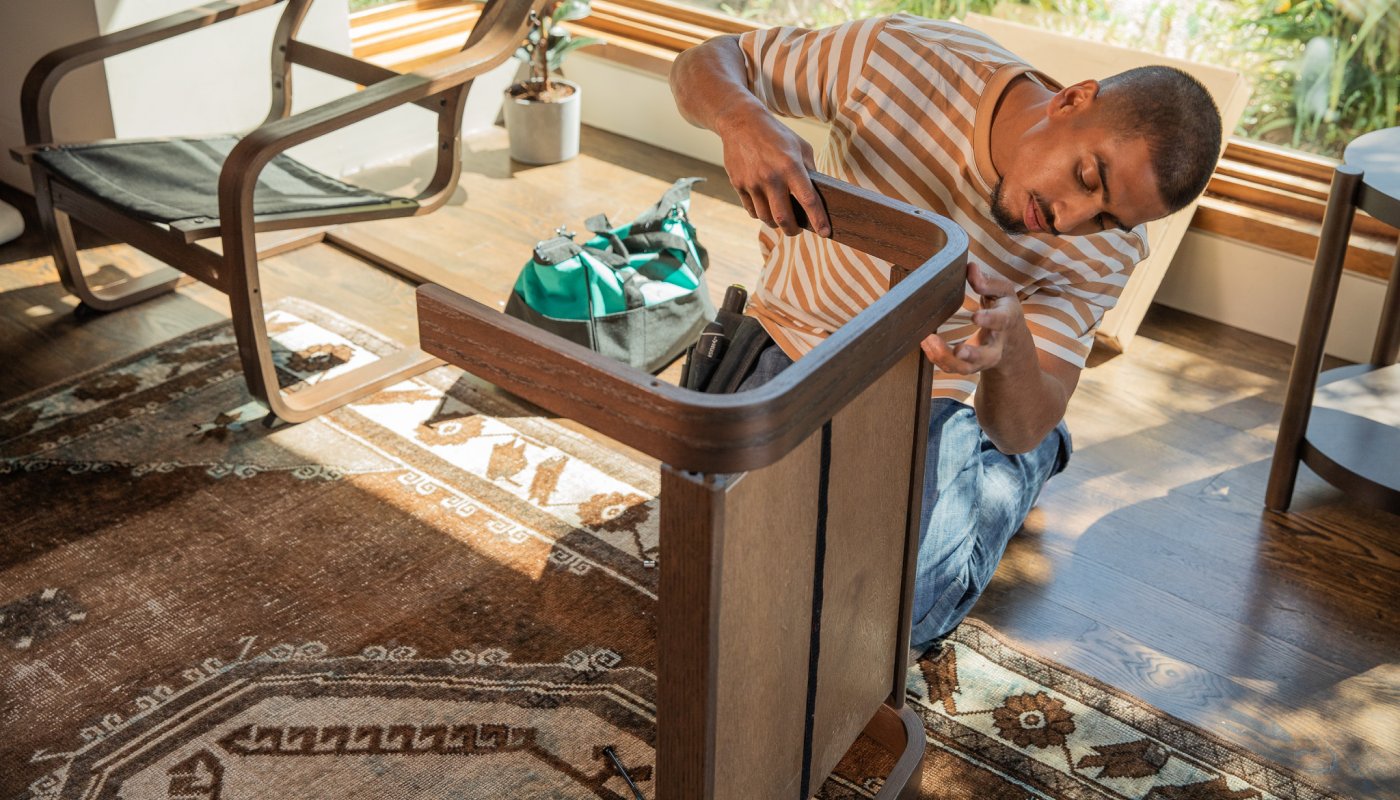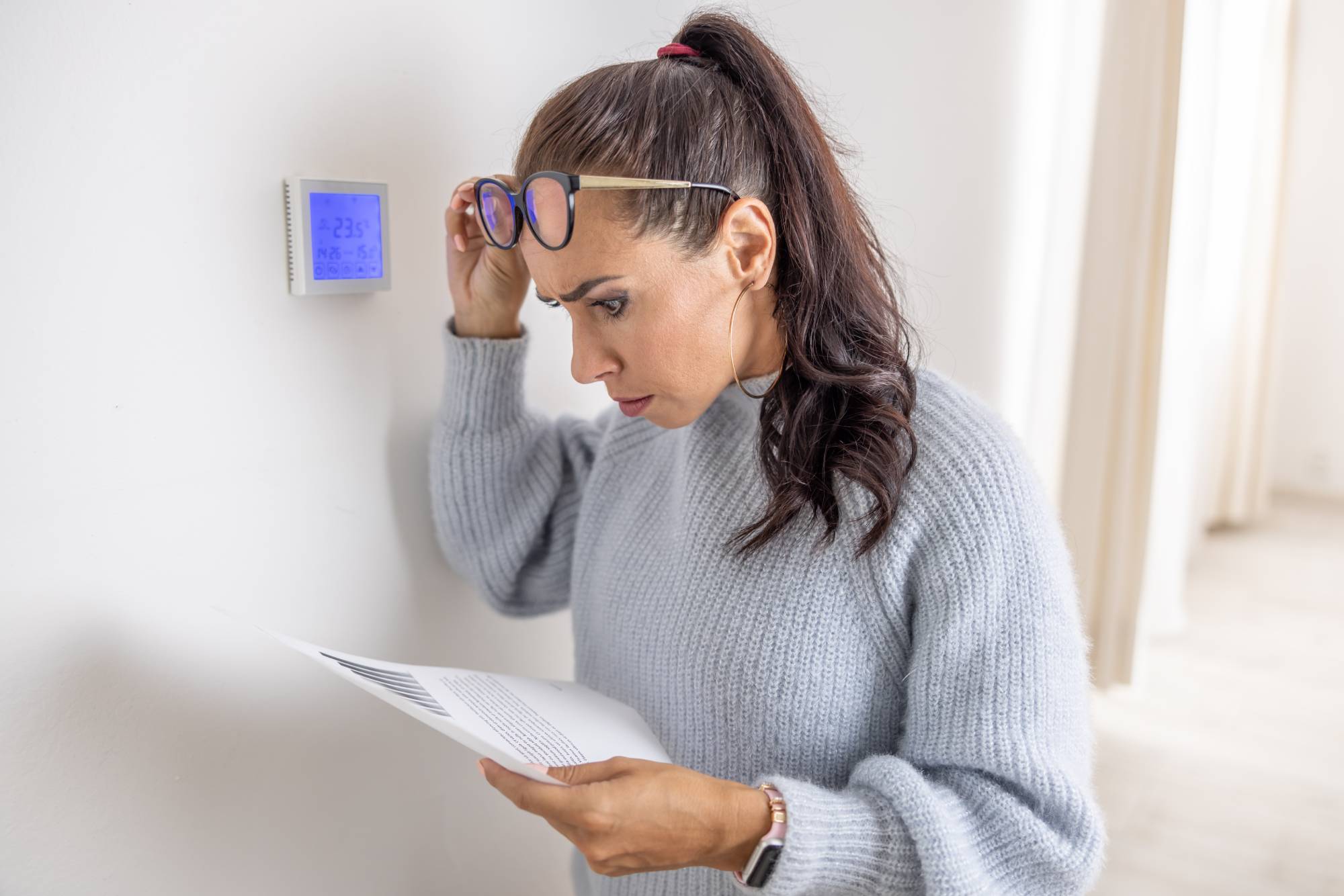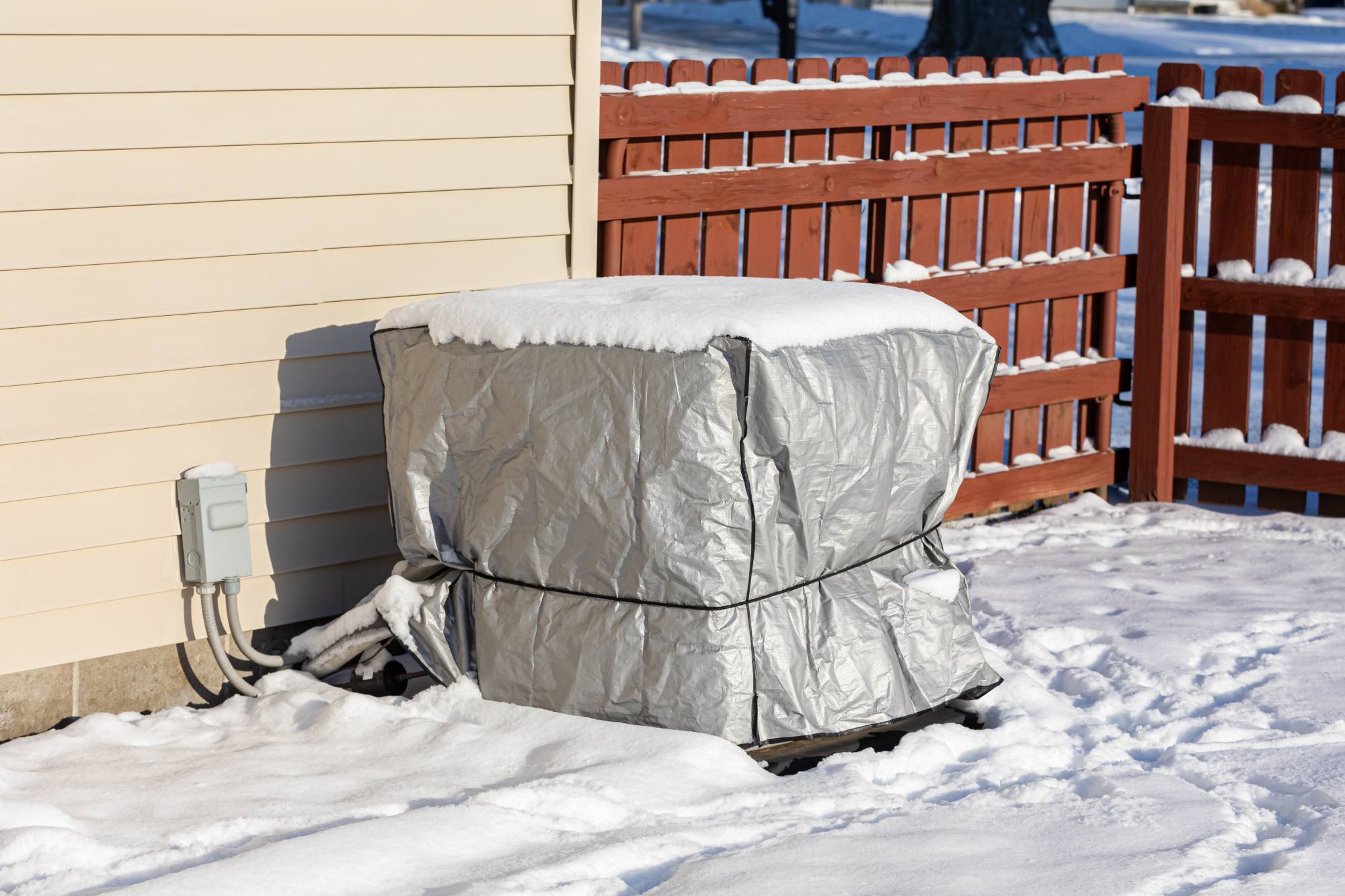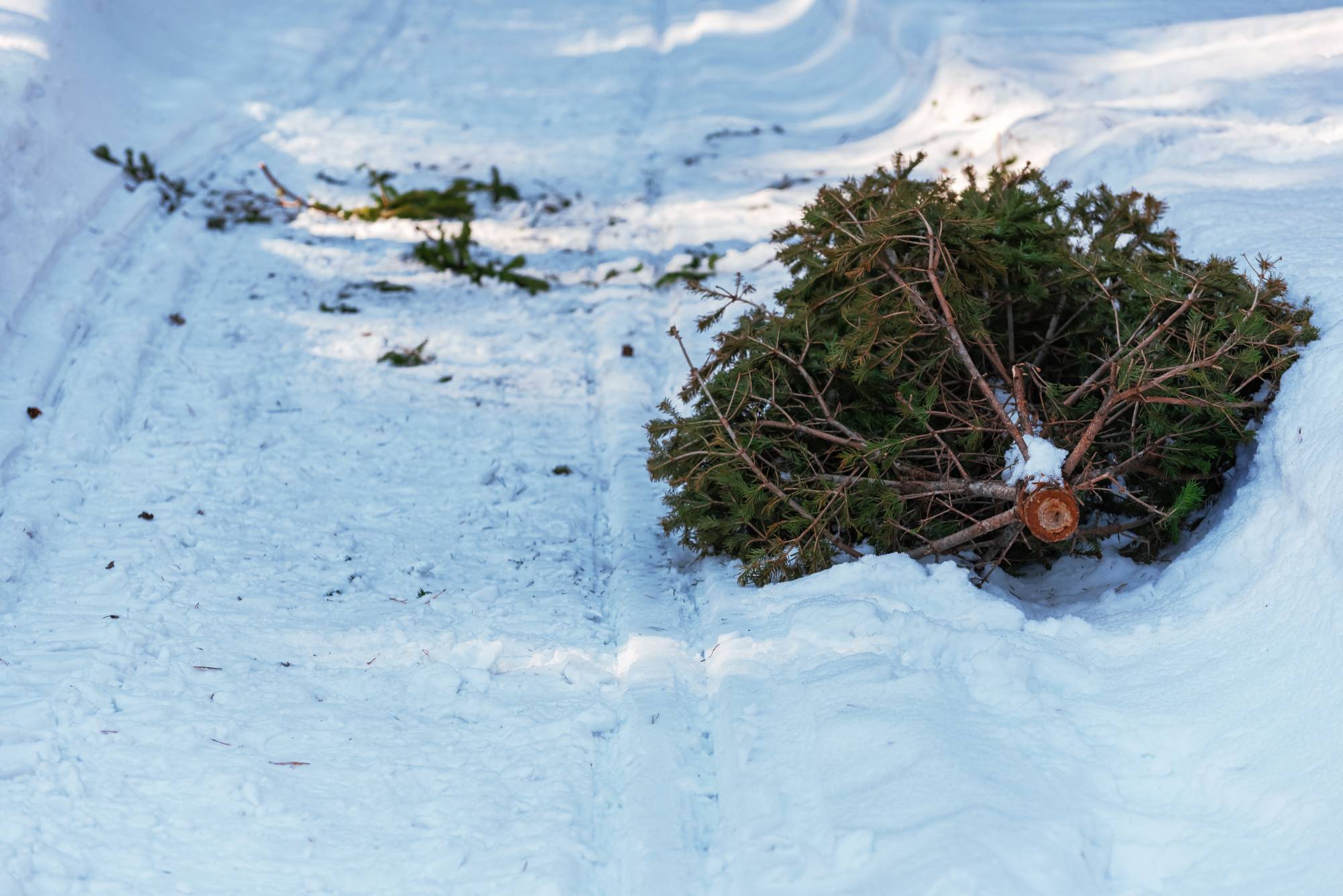Cold weather brings its own set of problems, but one of the worst is frozen pipes. When the temperature drops below freezing, water may freeze inside pipes, causing them to expand and pressurize. If left unnoticed, this expansion can result in burst pipes and costly flooding in your home. Not only will you need a plumber but you may need someone to repair water damage to your walls, floors, and ceiling too.
One way to recognize a frozen pipe is when you experience low water pressure or a faucet that doesn’t work while the rest are operating just fine. If you think you have a frozen pipe, don’t panic! You can address the problem yourself to both thaw pipes and prevent any major issues. Read on below for steps on how to identify and fix frozen pipes in any area of your home.
Project Overview
| Project Overview | |
| Estimated time to fix | 1 hour |
| Cost | $0 to $35 |
| Tools and Materials | |
| 5-gallon bucket | Mop |
| Hair dryer | Towels |
| Utility knife | Infrared heat lamp |
| Space heater |
How To Identify A Frozen Pipe
To find the frozen pipe, open all the faucets in your home. If water doesn’t reach a certain faucet, trace its plumbing away from the fixture. Inspect the plumbing with your hands, as a frozen pipe will feel ice cold to touch. Continue until you find the affected area. Common signs include visible frost on the pipe or exterior of the wall. Typically pipes freeze on outside walls, inside cabinets, unheated crawl spaces or basements, and near outside walls.
How To Defrost Frozen Water Pipes
Now that you’ve found the pipe of concern, follow the below steps to defrost your pipe.
1. Turn Off the Water Supply
The first thing you might ask yourself is, “should I turn off water if pipes are frozen?” The answer is a resounding yes. The most important step to thaw frozen pipes is to shut off the main water supply valve. This should be the pipe connected to the hot water heater. Find the valve and turn it clockwise to its “off” position.
2. Turn On Faucet
With the water supply off, turn on the faucet for the affected pipe, as this will help relieve pressure and prevent the pipe from bursting. Plus, running water is harder to freeze than standing water. Running either hot or cold water is fine. It’s also a good idea to flush any toilets.
3. Apply Heat to the Pipe
With the faucet still open, now it’s time to apply some heat. One method is with a hair dryer, starting from the faucet and working your way away. This allows any frozen water in the pipe to drain once thawed. Try not to apply heat to one area, as this can cause the pipe to crack. Instead, work up and down in a six-inch area before moving further along. If the pipe is located along a wall, place a cookie sheet behind the pipe to reflect any heat to the back of the pipe as well.
Another option is to wrap the pipe with electric heating tape. Simply place the tap around the pipe and plug the tape in. Alternatively, use a space heater. Try to provide gradual warm heat instead of direct heat.
Finally, keep things low-tech by placing hot towels over the frozen area. Simply soak the towels in hot water and microwave them for added heat. Be sure to have other towels ready as it doesn’t take long for the hot towels to cool. For all of these methods, pipes thaw between 30 and 45 minutes. While this might feel time consuming, the effort is better than the alternative of having to spend thousands of dollars repairing the damage from a burst pipe.
Note: never use a blow torch or open flame as a heat source to thaw a pipe as this is not only a fire hazard but can melt and damage the pipe itself.
How To Thaw Frozen Pipes In A Wall
Exposed pipes are simple to dethaw. If the location of the frozen pipe is inside a wall, start by turning your home’s thermostat up. If the frozen pipe is located near a vent in the wall or ceiling, place a space heater near the vent to blow warm air into the space, gradually warming the pipe. If the source of the frozen pipe is connected to a drain, pour salt down the drain to lower the freezing point. While these likely won’t solve the problem, they will help.
The next step is to expose the pipe. Cut a hole in the drywall or ceiling and dethaw the pipe using the methods described previously. While this may seem extreme, patching drywall is much more cost-effective than the damage caused by a burst pipe. With the wall still open, use preventative measures such as installing heat tape to avoid the issue in the future. Alternatively, if you have an infrared lamp, you can place the lamp two feet away from the wall and direc it towards the frozen pipe to thaw it.
4. Check Pipes and Look for Leaks
Once you feel the frozen pipe has melted, turn the main water supply valve partially on. Check the pipe for any leaks. If the pipe seems fine, turn the water supply all the way on. Let the faucet run for several minutes longer to completely rid the pipe of a blockage or any leftover frozen water. If, after your efforts the pipe has burst, turn off the water supply and call the plumber. Promptly clean up any water to prevent molding or mildew.
5. Look for Plumbing Services
If during this process you face any complications or notice cracked or damaged pipes, contact a plumber. Fortunately, Taskrabbit makes finding qualified plumbing services simple. Connect with a local plumber in just a matter of minutes by easily comparing rates and reviews for dozens of plumbing Taskers near you. With same-day services available, you can get your home back to working order in no time!
How to Prevent Frozen Pipes
After dealing with burst or frozen pipes, the last thing you want is to have to deal with that problem again. Try the below tips to prevent frozen pipes in the future:
- Leave the faucet dripping during winter storms: Flowing water prevents pipes from freezing. While nobody likes to waste water, you can place bowls beneath the faucet to use later to water your plants. Compared to a burst pipe, which can spill several hundred gallons of water in a single hour, paying a little extra on the water bill to prevent frozen pipes is worth it in the long run.
- Open cabinet doors: Opening the cabinet doors where your kitchen and bathroom pipes are located before you go to bed on a cold evening should be enough for heated air to reach them. Often, this is sufficient to prevent any frozen pipes in those locations.
- Wrap problem pipes with electric heat tape: Keep electric heat tape on pipes prone to freezing. Simply plug them in any time the weather is especially cold.
- Add insulation: Wrap pipes in unheated areas or near outdoor walls with foam insulation. You can pick pipe insulation up at many home improvement stores.
- Remove hoses prior to winter: Disconnect any garden hoses on any exterior wall to prevent frozen faucets. Additionally, install faucet covers to protect valves located on the outside of the house from freezing temperatures.
- Close your garage doors: If there are any water supply lines in the garage, keep your garage doors closed as often as possible during the winter months.
- Keep the thermostat above 55 degrees Fahrenheit: Any time you leave for vacation, set your thermostat to no lower than 55 degrees to prevent any pipes freezing and coming home to a disaster.
- Install lighting: For unheated crawl spaces, turn on a 60-watt incandescent bulb near the pipe that froze or just below it. It’s not recommended to turn on a space heater in this location, as space heaters should not run unattended.
- Insulate your house: With caulk or weatherstripping, insulate around windows, doors, and any other openings to prevent any drafts or cold air from entering your home.
Keep Your Home Functioning All Winter
Winter maintenance goes beyond scooping the driveway and keeping the sidewalk clear of ice. Before cold weather sets in, do a thorough inspection of your home inside and out. This includes trimming tree branches that could fall under the weight of snow and ice, cleaning gutters to prevent ice dams, and insulating or resealing vulnerable areas of your home. Outside of large projects, take joy in the small ones too, like cleaning the garbage disposal, pulling out the heating pad or heated blanket, and layering your bed with an extra blanket.
Frozen water pipes are among the most common and potentially damaging issues faced during cold months. By investing time and effort into preventative measures, homeowners can avoid the inconvenience and expense of dealing with burst pipes and other winter-related issues. Find the help you need and provide a sense of security so you can fully enjoy the season’s charms, from cozy evenings by the fireplace to the beauty of a snow-covered landscape.
Last updated on March 21, 2024 by Elizabeth Hays

